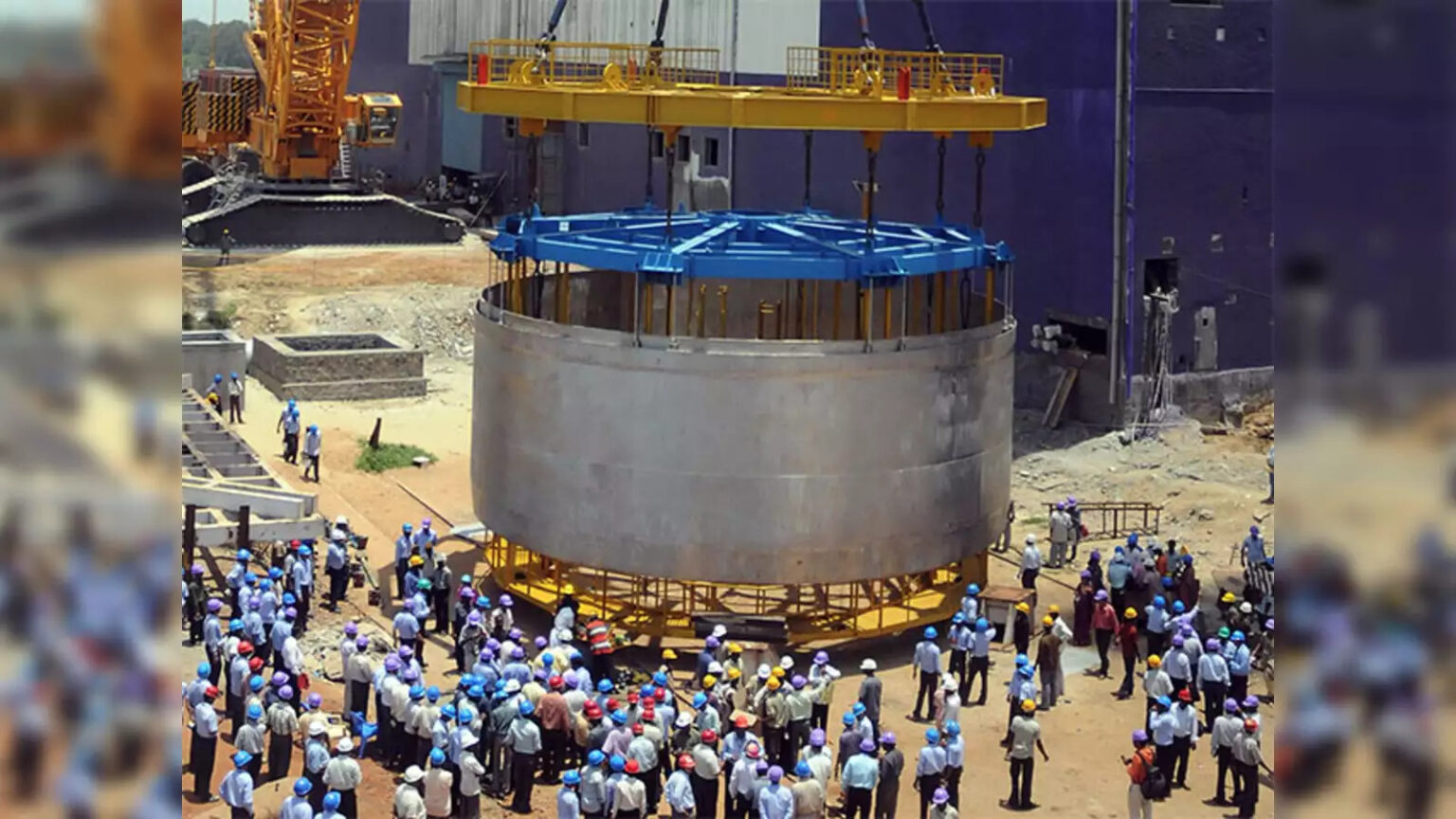This journey was started by Jawaharlal Nehru and continued, nurtured, and expanded by succeeding PMs despite difficult circumstances, sanctions, and Western denial of technology.
India has moved onto the second phase of its three-stage nuclear power program, which was conceived by the visionary Homi Bhabha in 1958, with the operationalization of the PFBR. Establishing Pressurised Heavy Water Reactors (PHWRs) with uranium as fuel was the initial step.
Building “breeder” reactors using plutonium produced by burning uranium in PHWRs is the second stage. These reactors not only use plutonium, but they also “breed” some of it back into the system for use in later cycles. Reactors that employ thorium as fuel—of which India has plenty—will be used in the third stage.

Source: Deccan Herald
The PFBR will contain a layer of thorium-232, which will be transformed into uranium-233 for the reactors in the third stage. The Vajpayee government decided in 2003 to construct the PFBR. As a signal that India’s nuclear plans will move forward with or without outside assistance and despite any constraints that may be placed on them, the Manmohan Singh government saw it through even in the middle of its discussions on the “nuclear deal” with the US.
India rejected US demands that the FBR program be placed under international supervision. PM Modi observed the culmination of this decades-long, resolute work this past week. It was a low-key affair, which was unusual for the Prime Minister but quite acceptable. From the perspective of the project as a whole, the operationalization of the PFBR has come ten years later, but possibly just in time. A longer delay might have meant the loss of decades’ worth of industrial skills and the expertise of scientists and engineers who have dedicated their careers to the nuclear enterprise.
Source: ANI News
In light of climate change, a global nuclear resurgence is now taking place. India is now in a strong position to take the lead in this new era of nuclear power. The moment the PFBR becomes critical and its power output enters the national grid, the government must approve long-standing plans for at least six further FBRs with increased power outputs.
In the developed world, particularly the US, there are numerous initiatives, including private ones supported by billionaires, aimed at directly achieving thorium-based reactors. However, India has staked its claim that Bhabha’s scheme is the best way to harness thorium’s whole energy potential. With its third-largest thorium reserves in the world, India is predicted to have enough energy to power itself for more than 250 years if Bhabha’s plan is followed. The economy must use nuclear power in order to become carbon neutral.
What do you think about this? Comment below.

